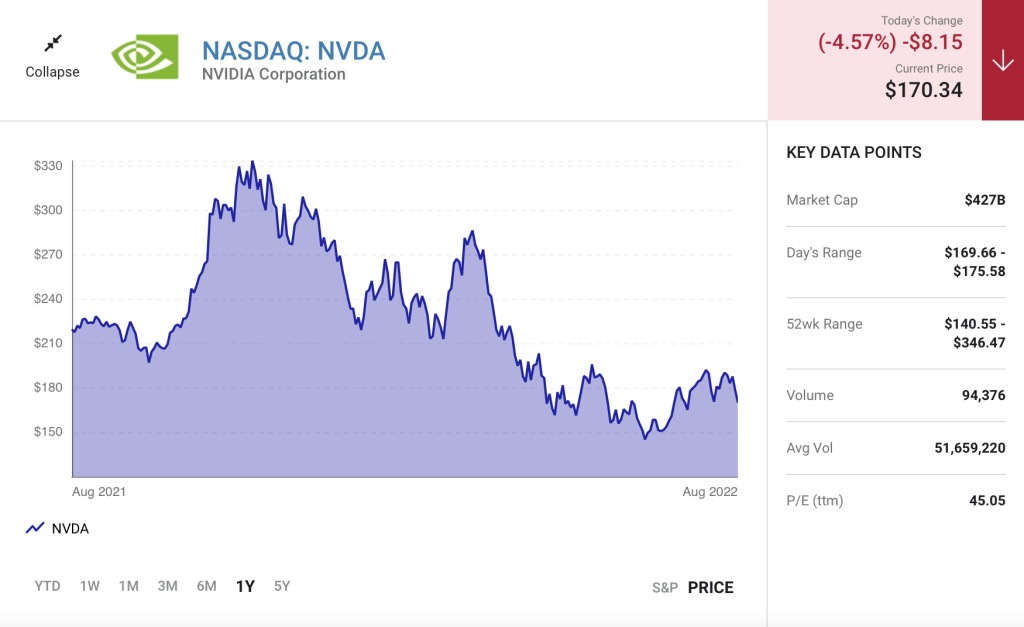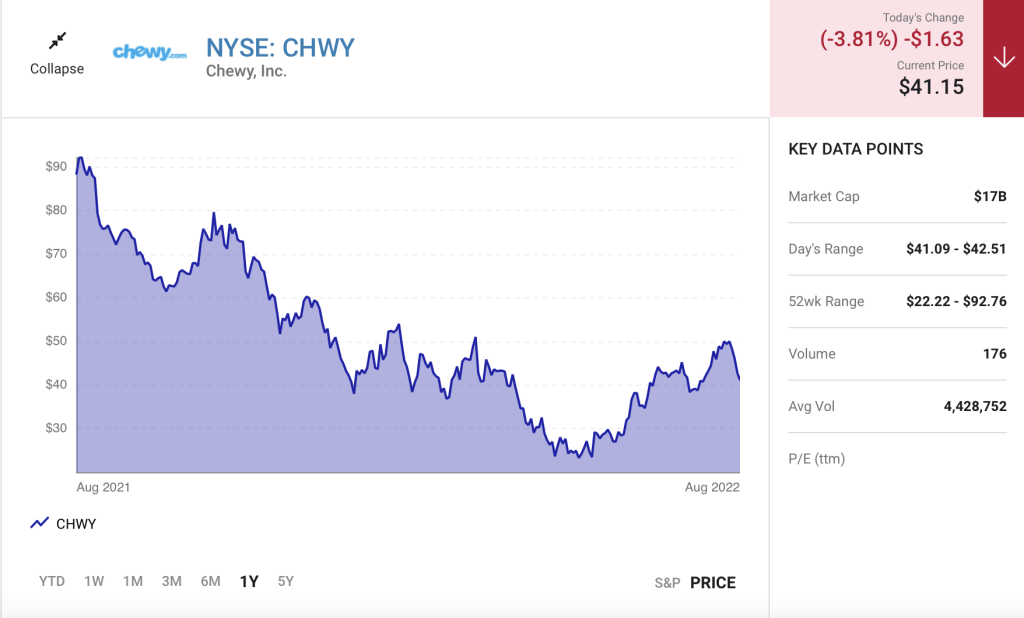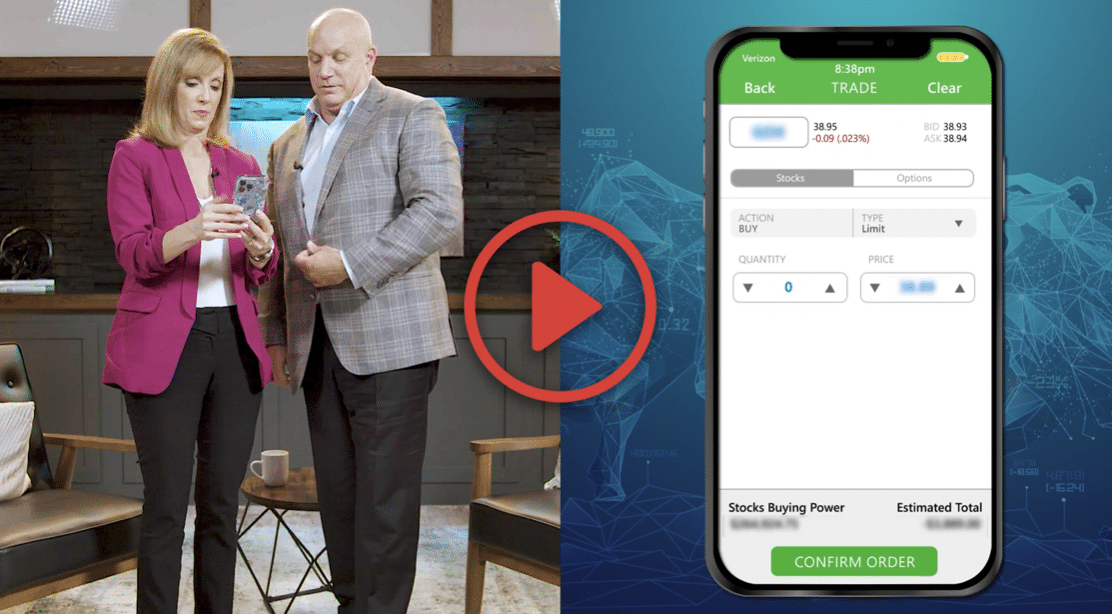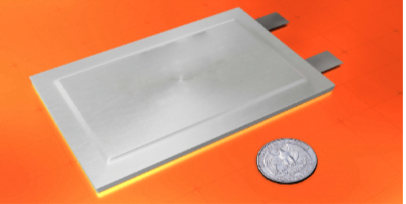You won’t find all of the Oracle of Omaha’s holdings in Berkshire Hathaway’s quarterly 13F filing.
There are few investors who command the attention of a room quite like Berkshire Hathaway(BRK.A -3.02%) (BRK.B -2.89%) CEO Warren Buffett. Since taking the reins in 1965, he’s led his company’s Class A shares (BRK.A) to an average annual gain of 20.1%, which translates into an aggregate return of 3,641,613%, as of the end of 2021. Though no investor is infallible, Buffett’s knack for picking winners has earned him a captive audience.
The easiest way for investors to ride the Oracle of Omaha’s coattails is to track Berkshire Hathaway’s required quarterly Form 13F filings with the Securities and Exchange Commission (SEC).
Buffett’s “hidden” portfolio purchased three fast-growing companies in the second quarter
A 13F is essentially a snapshot of what the brightest money managers with at least $100 million in assets under management were holding at the end of the most recent quarter. It allows investors to see what these fund managers have been buying, selling, and holding, as well as establish what trends or industries are piquing the attention of professional money managers. Berkshire Hathaway filed its 13F exactly one week ago today, on Aug. 15.
However, you might be surprised to learn that Berkshire Hathaway’s 13F fails to tell the full story behind Buffett’s direct and indirect holdings. For instance, you won’t find any information about Warren Buffett’s most-purchased stock over the past four years in Berkshire’s 13F. That’s because stock buybacks are only disclosed in the company’s quarterly operating results. Since July 2018, Buffett and his right-hand man Charlie Munger have overseen the repurchase of $62.1 billion of Berkshire Hathaway’s Class A and Class B (BRK.B) shares.
Something else Berkshire Hathaway’s 13F doesn’t disclose is Warren Buffett’s secret portfolio.
Back in 1998, the Oracle of Omaha’s company acquired reinsurer General Re for $22 billion. While the prize of this deal was the reinsurance operations, General Re also ran a specialty investment subsidiary known as New England Asset Management (NEAM). When the deal closed, NEAM and its assets under management became an owned entity of Berkshire Hathaway.
Even though Buffett and his investment team don’t oversee the $5.9 billion New England Asset Management has in assets under management (as of June 30), the securities NEAM owns are, ultimately, part of Berkshire Hathaway.
According to New England Asset Management’s latest 13F filing, Buffett’s “hidden” portfolio bought three brand-new supercharged growth stocks.

Nvidia
Although the Oracle of Omaha isn’t big on buying fast-growing tech stocks, he’s now the proud indirect owner of shares of Nvidia (NVDA -4.57%). The 13F filing with the SEC notes that NEAM acquired more than 3,000 shares of the graphics card and networking solutions company during the second quarter.
The thought process behind adding Nvidia probably has to do with some combination of shares losing about half their value at one point during the second quarter and the company’s enticing longer-term growth outlook for a variety of its operating segments.
While Nvidia is likely best-known for its graphics cards, which have performed relatively well with the release of new gaming consoles and the rise of cryptocurrency mining, it’s the company’s data center solutions that are its most intriguing growth driver. Businesses were already shifting data into the cloud at a steady pace prior to the COVID-19 pandemic. In its wake, the pace of this shift has accelerated, putting even more data center demand on the table. For the time being, only supply chain concerns have slowed Nvidia’s sustainable double-digit annual growth opportunity in data center solutions.
The company’s ancillary operating segments could also become stars by the midpoint of the decade. Providing solutions to next-generation vehicles, including autonomous vehicles, as well as offering a gateway to the metaverse with its professional visualization software, gives Nvidia supercharged growth potential from what are currently smaller revenue operating segments.
NextEra Energy
The second fast-paced growth stock added during the second quarter by Buffett’s secret portfolio is electric utility NextEra Energy (NEE -1.30%). Although NextEra isn’t generating the same type of annual revenue growth as tech stocks, it is substantially outpacing the growth rate of pretty much all other utility stocks and has done so for more than a decade. Relative to its peers, NextEra is absolutely a supercharged growth stock.
What makes NextEra Energy such a superstar among utility stocks is its renewable-energy projects. Among U.S. utilities, none is generating more capacity from wind and solar. With up to $55 billion set aside for predominantly green energy projects between 2020 and 2022, and the company forecasting up to 36,900 megawatts of renewable energy projects in its backlog between 2022 and 2025, no other utility looks close to challenging NextEra as the renewable energy kingpin.
Although wind, solar, and energy storage projects can be costly, the company was able to take advantage of years of historically low interest rates to advance its green energy push. The end result is significantly reduced electricity generation costs and a compound annual growth rate that’s stayed in the high single digits for over a decade.
As an added bonus, NextEra Energy is also a Dividend Aristocrat. This is a term bestowed on S&P 500-listed companies that have raised their base annual dividend for at least 25 consecutive years. NextEra has increased its payout for 28 consecutive years, with management anticipating double-digit percentage increases in the company’s base annual distribution through 2024.

Chewy
The third and final supercharged growth stock added to Warren Buffett’s secret portfolio during the second quarter is online-based pet food and treats company Chewy (CHWY -3.81%). New England Asset Management opened its position with a stake of more than 1,600 shares.
One of the best aspects of pet industry stocks is that they’re practically recession-proof. According to data from the American Pet Products Association, the percentage of U.S. households that own a pet hit an all-time high (at least during the APPA’s period of survey-taking) of 70% in 2022. Further, it’s been at least a quarter of a century, if not much longer, since year-over-year pet spending in the U.S. declined. No matter what you throw at pet owners, they’re always willing to open their wallets to ensure the health and happiness of their furry, feathered, scaled, and gilled family members.
Aside from operating in a highly defensive industry, what makes Chewy so great is its online focus. Partnering with over 3,000 brands and offering north of 100,000 products online, Chewy has made itself a go-to e-commerce shop for pet owners. Since it doesn’t have to spend its time guessing what products to put in brick-and-mortar stores, Chewy is able to generate juicier gross margins than most traditional retail operators in the pet industry.
What’s more, Chewy is using innovation to its advantage. It recently partnered with Trupanion to introduce CarePlus, a health insurance and wellness plan that covers preventative care and surgeries. The addressable pet insurance market in the U.S. has hardly been penetrated. This should give Chewy and Trupanion a long runway to offer what should be a high-margin insurance product.
Read Next: How to collect $1,000 or more in income –at will
Americans are paying more and getting less.
On top of that, restaurants in California are now adding inflation fees to their bills…
How crazy is that?
But you know what, I’m not worried…
Because I figured out a way to collect instant cash from the market almost any time I want.
In fact, In this short video I’ll show you how to generate an extra $1,420 virtually in minutes…
That’s enough cash to pay for a nice meal, tip the waiter handsomely… and still have plenty leftover.
Now, I know it probably doesn’t seem possible to generate cash from the stock markets so quickly…
Especially if you’ve never heard about this investment strategy before.
But I assure you, this is 100% legit.
And to prove it to you…
I recorded a live demonstration to show you how this financial maneuver works.






